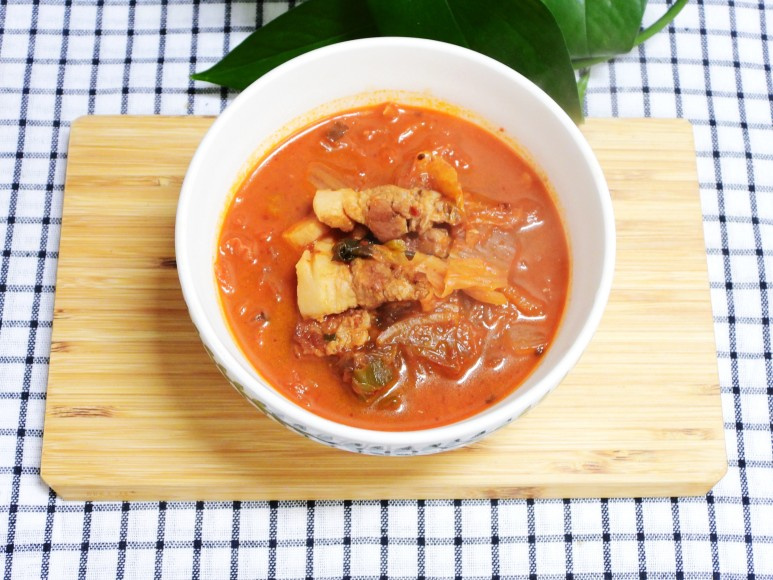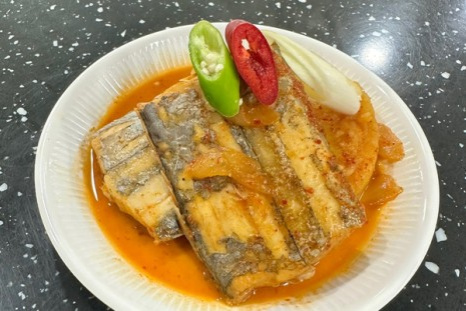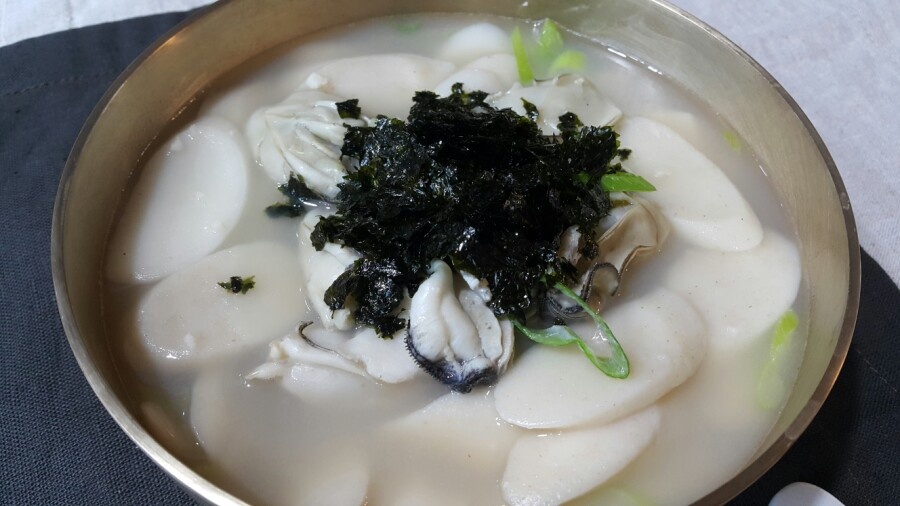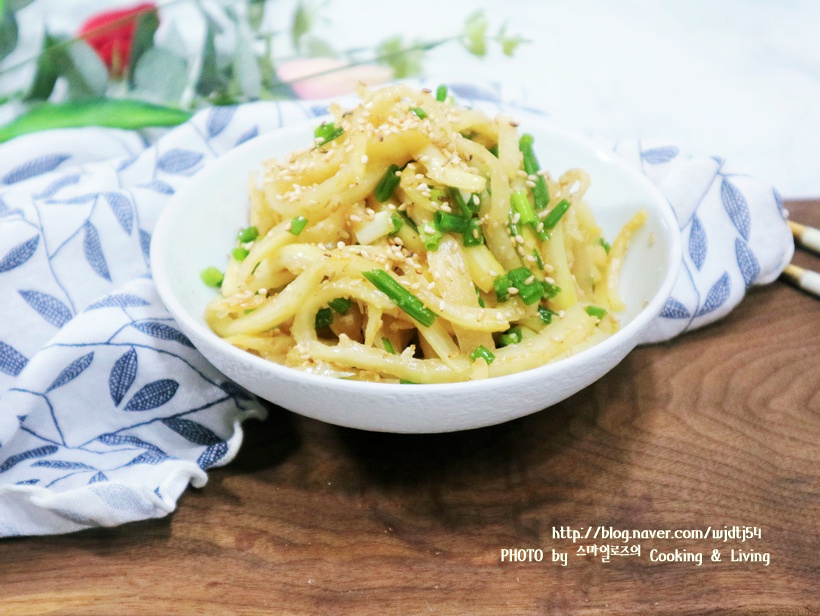Rich and Spicy Pork Kimchi Stew (Samgyeopsal Kimchi Jjigae) Recipe
The Quintessential Korean Home Cooking! How to Make a Flavorful Pork and Aged Kimchi Stew

Experience the fantastic harmony of tangy aged kimchi and savory pork belly! This recipe introduces a pork and aged kimchi stew that boasts a rich, deep, and spicy broth. With just a few tips, anyone can easily make it. This dish is a true rice thief – try making it now!
Kimchi Stew- Thick-cut Pork Belly 2-3 strips (approx. 200-300g)
- Well-fermented Aged Kimchi 1/4 head (approx. 400-500g)
- Savory Rice Water 1L
- Umami-rich Fish Sauce 1-2 Tbsp
- Deep-flavored Soy Sauce for Soup 1 Tbsp
- Refreshing Green Onion 1 stalk
- Optional additions: Firm Tofu 1/2 block, a pinch of sugar
Cooking Instructions
Step 1
First, prepare the star ingredient of the kimchi stew: pork belly. Using about half a strip of thick-cut pork belly (or 2-3 strips of regular pork belly) for a 2-serving portion will result in a much richer broth. Adjust the amount of meat to your preference.

Step 2
Sautéing the pork separately helps to remove any raw odor and enhances its savory flavor. Place the pork belly in the pot and sear it until golden brown on both sides. If there’s excessive grease, you can carefully drain some of it.

Step 3
Cut the browned pork belly into bite-sized pieces. This makes it easier to eat later and allows the flavors to meld better into the stew.

Step 4
Now it’s time to add the key ingredient: aged kimchi. Chop the 1/4 head of aged kimchi into appropriate sizes and add it to the pot with the pork belly. Stir-fry them together. If you prefer a tangier kimchi stew, sauté for a longer time; if you want a spicier kick, sauté briefly.

Step 5
Once the kimchi is sufficiently sautéed, pour in the rice water, which serves as the base broth for the stew. If you don’t have rice water, plain water or anchovy broth can be used. Rice water makes the broth smoother and more savory.

Step 6
Bring the stew to a boil over high heat, then reduce to medium heat, cover, and simmer. To ensure the aged kimchi becomes tender and the stew develops its characteristic deep flavor, let it simmer for at least 20 minutes, or until the kimchi is fully cooked and softened.

Step 7
When the kimchi is well-cooked, season the stew with soy sauce for soup and fish sauce. Since the saltiness and sourness of aged kimchi can vary, it’s important to taste and adjust the seasoning accordingly. If the kimchi is too sour, you can add a tiny pinch of sugar to mellow the tanginess. Finally, add chopped green onions for a refreshing touch, and include tofu if you like for a more hearty and delicious stew.

Step 8
Thanks to the thick pork belly, the broth is exceptionally rich and deeply flavorful. The best kimchi stew flavor comes from a balanced ratio of meat and kimchi. If either the kimchi or pork is insufficient, the stew can taste bland, so be sure to use adequate amounts!

Step 9
The tangy yet spicy broth is incredibly appetite-stimulating. On a cold day, a bowl of hot kimchi stew will warm you up from the inside out. It’s the perfect dish to finish off a bowl of rice with.

Step 10
It’s also delightful to scoop out the well-cooked kimchi and pork pieces. Adding rice cake soup slices or ramen noodles to this stew makes it even more delicious! Enjoy a wonderful meal with this pork belly aged kimchi stew recipe!




